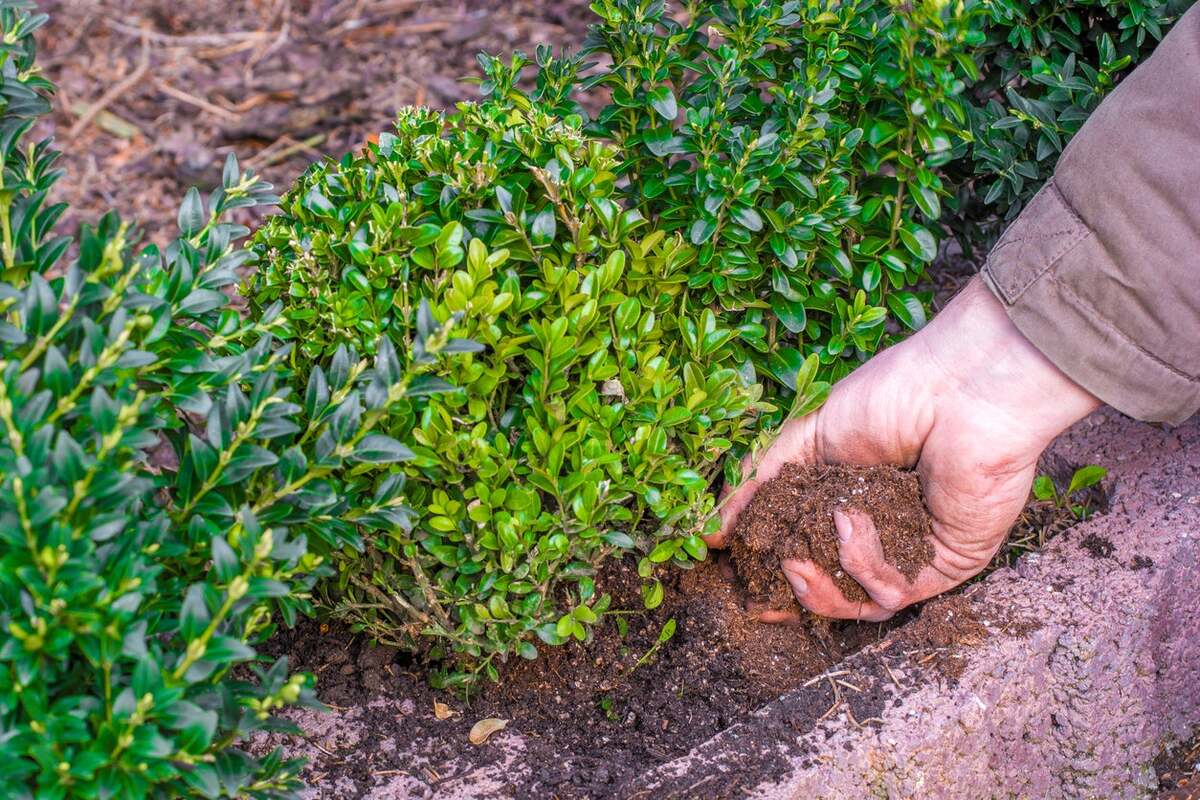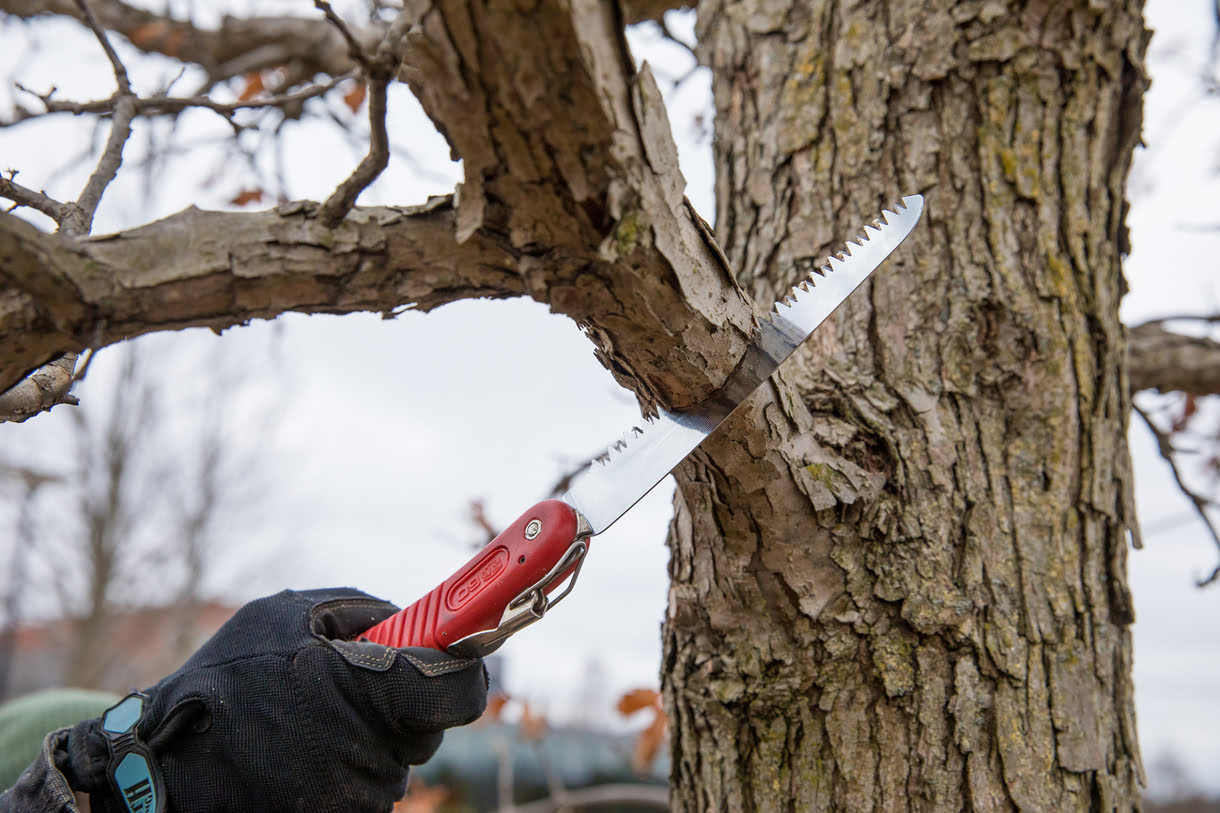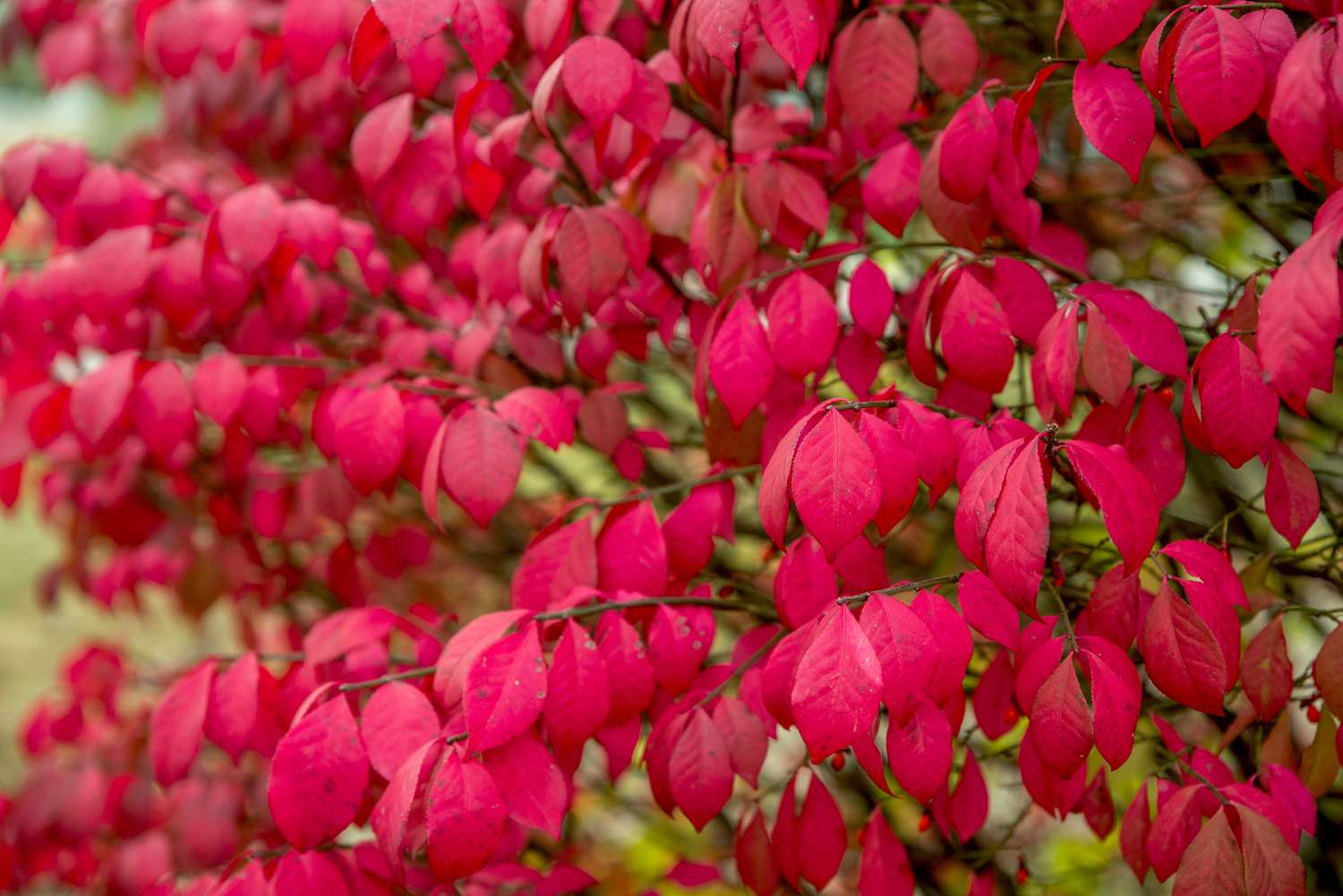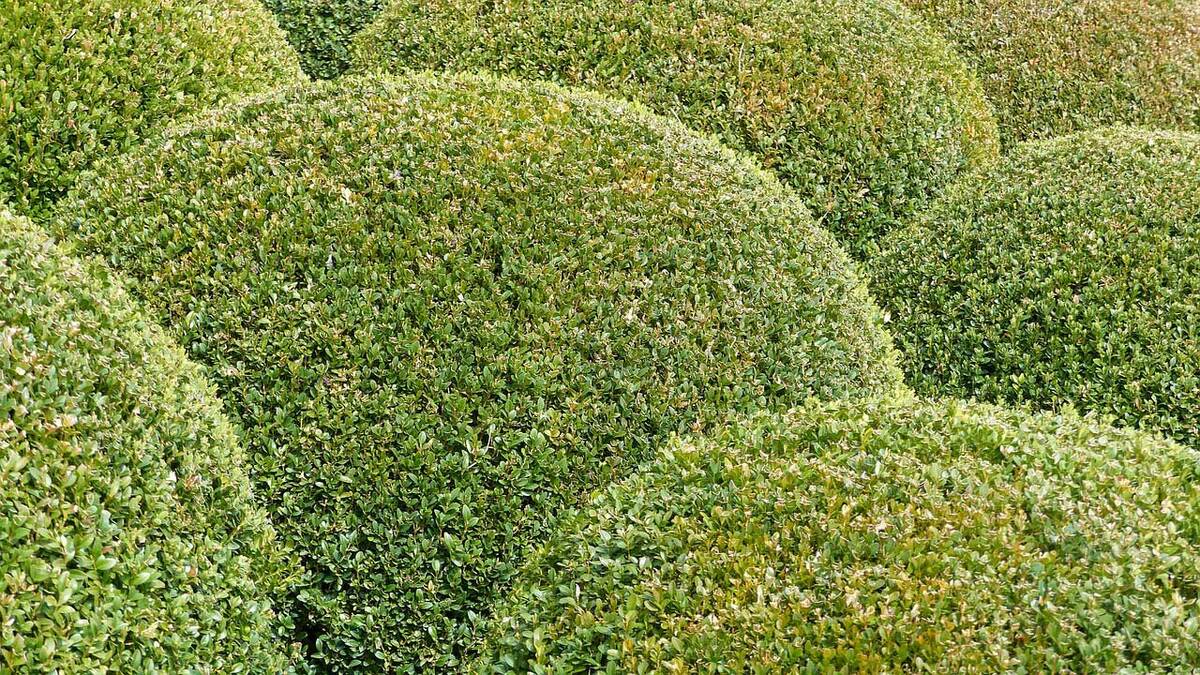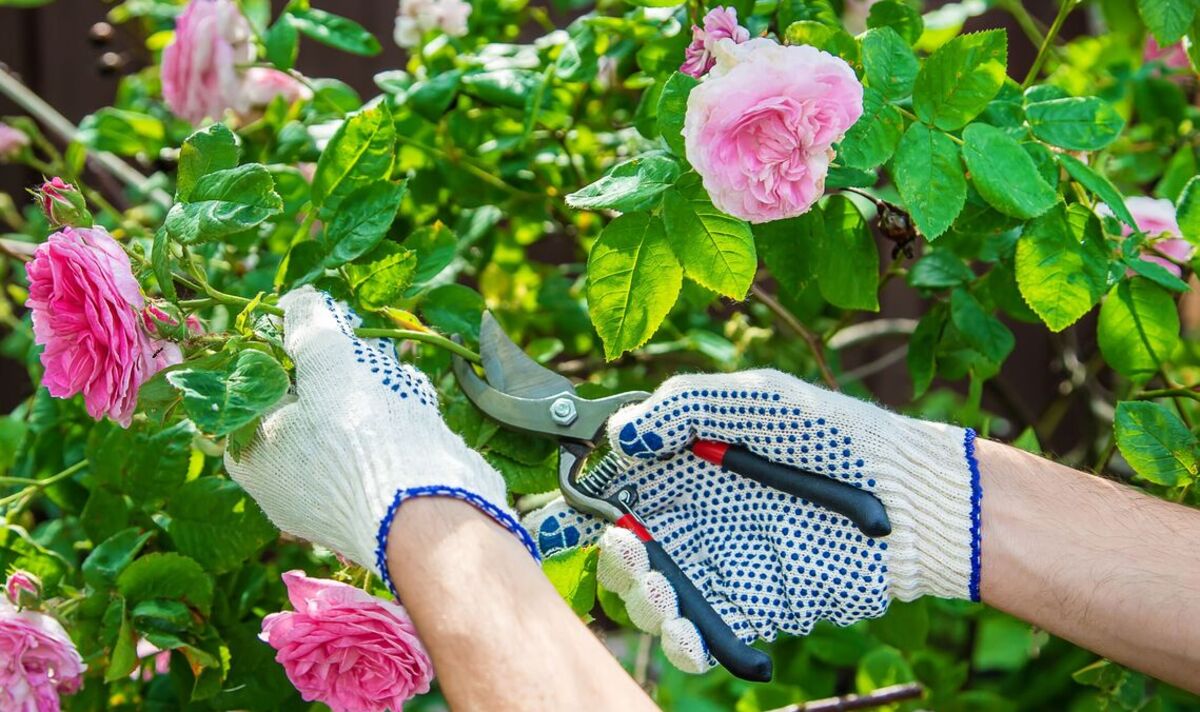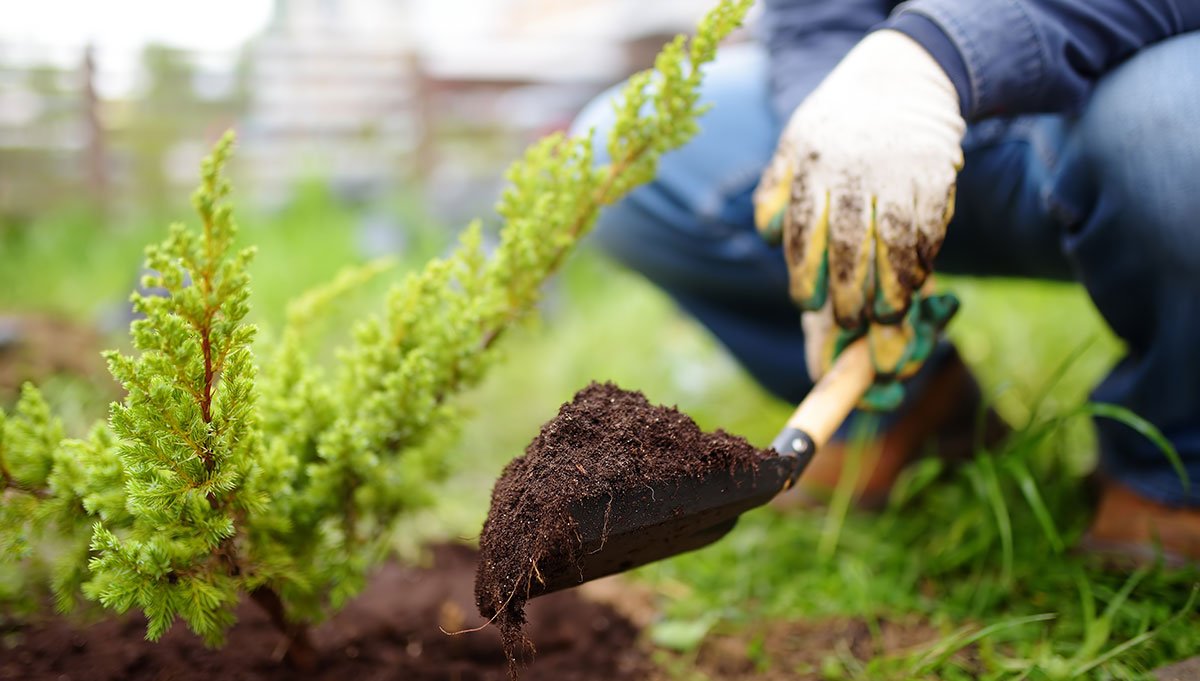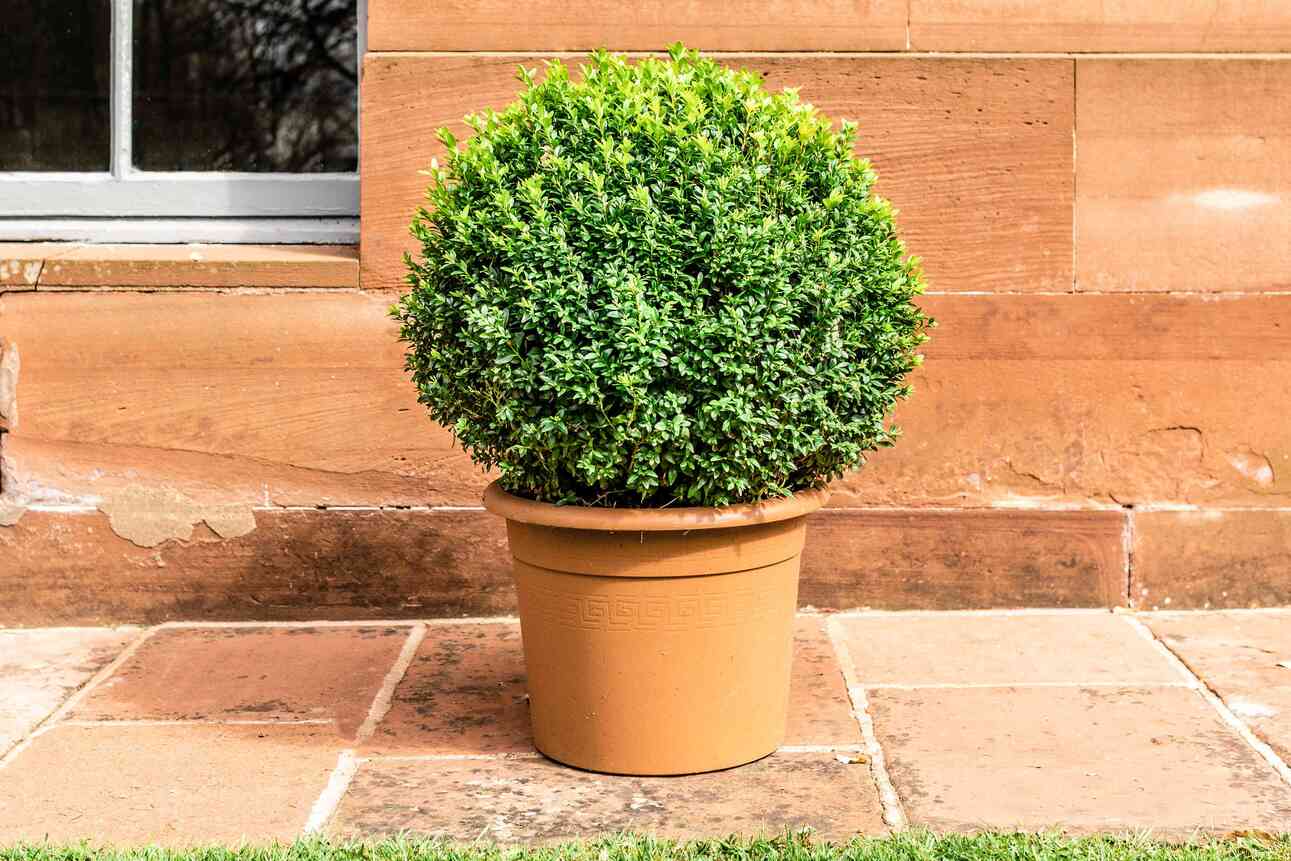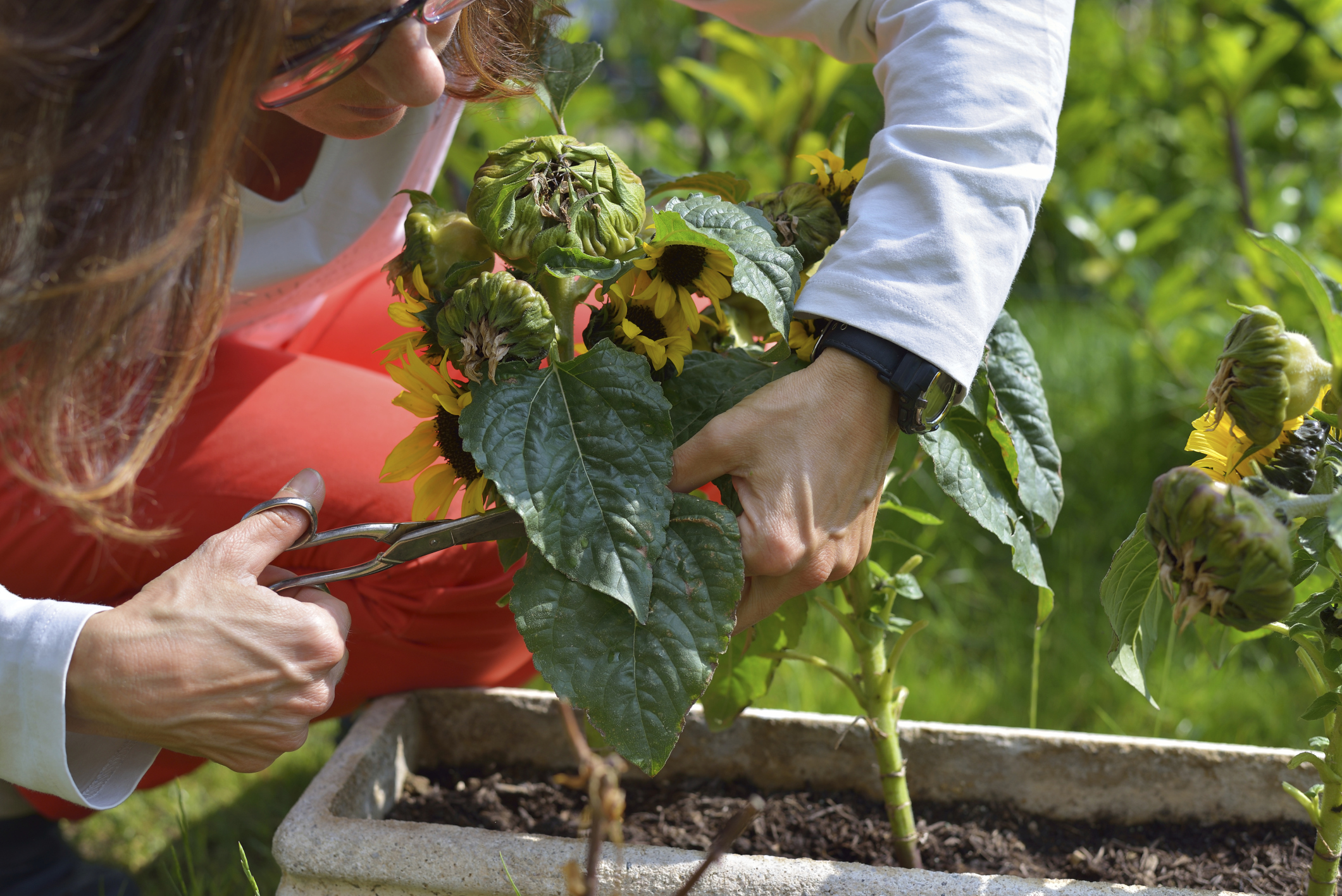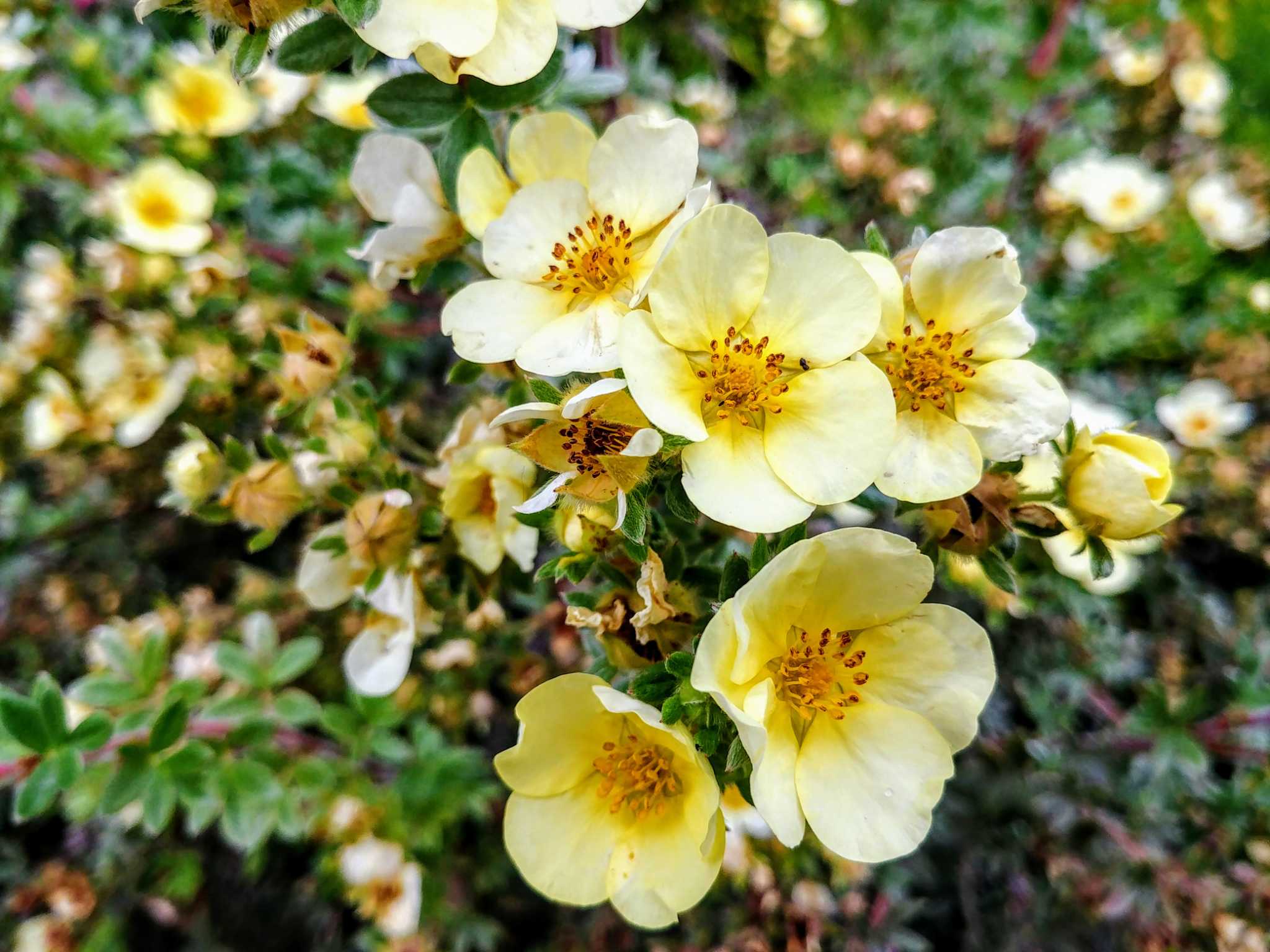Home>Gardening Techniques>Plant Care>When Do You Prune Boxwood Shrubs
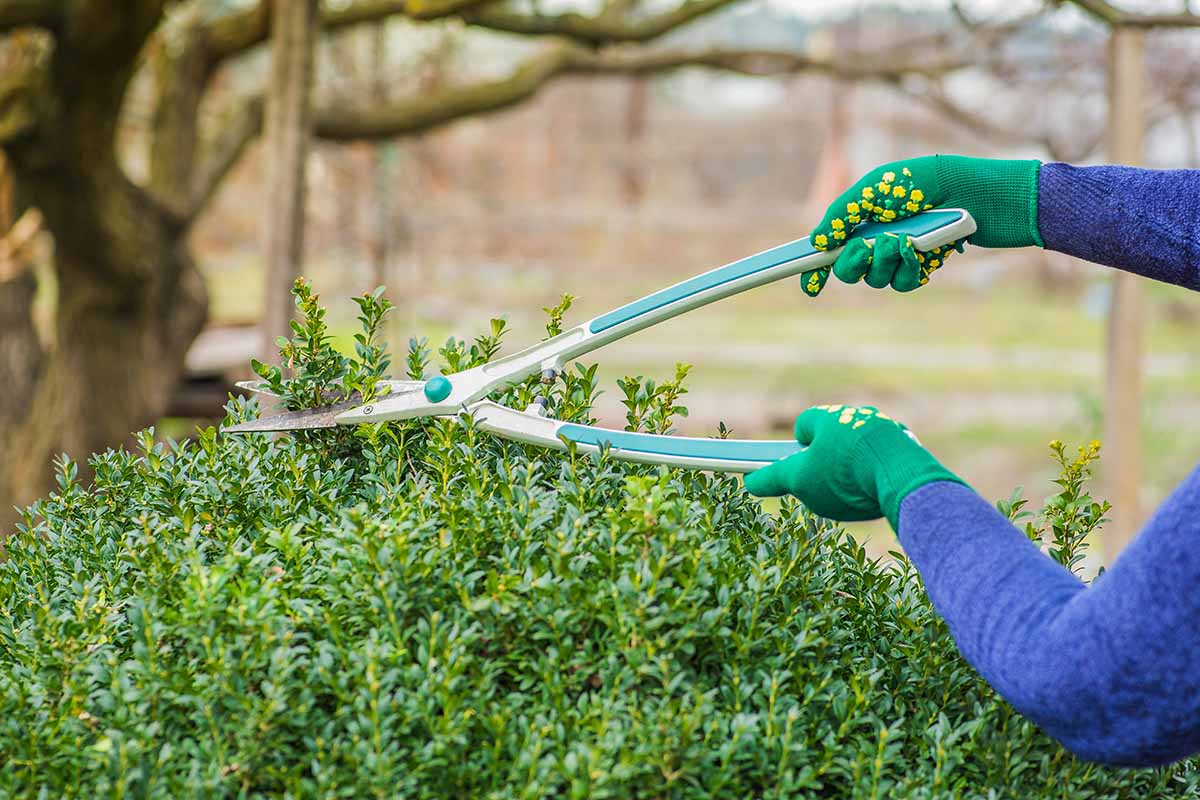

Plant Care
When Do You Prune Boxwood Shrubs
Modified: January 22, 2024
Learn the best time for pruning boxwood shrubs and get expert plant care tips to keep your plants healthy.
(Many of the links in this article redirect to a specific reviewed product. Your purchase of these products through affiliate links helps to generate commission for Chicagolandgardening.com, at no extra cost. Learn more)
Table of Contents
Introduction
Welcome to the wonderful world of plant care! If you’re a plant enthusiast or a homeowner looking to enhance your outdoor space, understanding how to properly care for your plants is essential. One plant that requires regular attention and care is the boxwood shrub. Pruning is an essential aspect of maintaining the health and appearance of boxwood shrubs. In this article, we will explore the importance of pruning boxwood shrubs, factors to consider before pruning, when is the best time to prune, how to prune, and common pruning mistakes to avoid.
Boxwood shrubs are known for their evergreen foliage, compact growth habit, and versatility in landscape design. They can be used as hedges, borders, foundation plantings, or as individual specimens. Pruning boxwood shrubs not only helps maintain their shape and size but also promotes healthy growth, improves air circulation, and prevents disease and pest infestations.
Before diving into the details of pruning boxwood shrubs, it’s important to understand that each plant has its unique characteristics and requirements. It’s crucial to familiarize yourself with the specific needs of your boxwood variety, as different cultivars may have slightly different pruning guidelines. Consulting a local horticulturist or researching plant-specific care information can provide valuable insights for successfully maintaining your boxwood shrubs.
Now that we have an understanding of the importance of pruning boxwood shrubs, let’s delve into the factors to consider before embarking on this gardening task. By taking the time to assess these factors, you’ll be well-equipped to make informed decisions and ensure the health and vitality of your boxwood shrubs.
Benefits of Pruning Boxwood Shrubs
Pruning boxwood shrubs offers a multitude of benefits that go beyond the aesthetic appeal of a well-groomed plant. Let’s explore some of the key advantages of regular pruning:
1. Promotes Healthy Growth: Regular pruning stimulates new growth and helps maintain the overall health of the boxwood shrub. By removing dead or diseased branches, you create space for healthy foliage to thrive.
2. Maintains Shape and Size: Boxwood shrubs have a natural tendency to become dense and form irregular shapes over time. Pruning allows you to shape the shrub according to your desired form, whether it’s a formal hedge or a symmetrical specimen in a garden bed.
3. Improves Air Circulation: Dense foliage can restrict air movement within the shrub, creating a favorable environment for fungal diseases and pests. Pruning opens up the plant, allowing for better air circulation, reducing the risk of disease and ensuring overall plant health.
4. Enhances Appearance: Pruned boxwood shrubs give your landscape a polished look. With careful pruning, you can create clean lines, elegant shapes, and visual interest, making your garden a standout in the neighborhood.
5. Increases Sunlight Penetration: Boxwood shrubs can become overgrown and block sunlight from reaching the lower branches. Pruning opens up the plant, allowing sunlight to penetrate throughout the shrub, promoting healthy growth and preventing the interior from becoming bare and unsightly.
6. Controls Size: Depending on the space you have available, you may need to control the size of your boxwood shrubs. Regular pruning helps manage the height and width, ensuring they fit perfectly within your landscape design.
7. Prevents Pest Infestations: Overgrown and neglected boxwood shrubs can attract pests like mites, caterpillars, and scale insects. Pruning helps maintain the shrub’s vigor, making it less susceptible to pest infestations and reducing the need for pesticide applications.
8. Creates a Neat and Tidy Appearance: Pruning removes any unsightly or damaged branches, giving your boxwood shrubs a neat and tidy appearance. This enhances the overall aesthetic appeal of your garden, making it a welcoming and inviting space.
Remember, adequate knowledge and proper technique are crucial when pruning boxwood shrubs. By understanding the benefits and following correct pruning practices, you can enjoy healthy, vibrant, and beautifully shaped boxwood shrubs in your garden for years to come.
Factors to Consider Before Pruning
Before grabbing your pruning shears, there are several factors to consider to ensure successful and effective pruning of your boxwood shrubs. Taking these factors into account will help you make informed decisions and avoid any potential harm to your plants. Let’s explore these factors:
1. Timing: Timing is crucial when it comes to pruning boxwood shrubs. Pruning at the wrong time can impact the plant’s ability to recover and may lead to damage or dieback. It’s important to know the specific pruning requirements of your boxwood variety and choose the appropriate season for pruning.
2. Growth Stage: Pruning should be done when the boxwood shrub is in its dormant or semi-dormant stage. Avoid pruning during active growth periods, as this can disrupt the plant’s energy balance and hinder its ability to rejuvenate.
3. Weather Conditions: Consider the weather conditions before pruning. Extreme temperatures, frost, or heavy rain can stress the plant and impede its ability to recover from pruning. It’s ideal to choose a mild, dry day for pruning.
4. Health and Vigor: Assess the overall health and vigor of the boxwood shrub before pruning. Pruning should be done on healthy plants with no signs of disease or stress. If your shrub shows signs of decline, it’s advisable to address the underlying issues before proceeding with pruning.
5. Desired Shape and Size: Determine the desired shape and size of your boxwood shrub before pruning. This will guide you in making the appropriate pruning cuts to achieve your desired outcome. Consider the space available and the plant’s growth habit to ensure it fits harmoniously within your landscape.
6. Pruning Tools: Having the right pruning tools is essential for clean and precise cuts. Ensure your tools are sharp, well-maintained, and suited to the size of the branches you’ll be pruning. Clean your tools before and after use to prevent the spread of diseases.
7. Pruning Technique: Familiarize yourself with the proper pruning technique for boxwood shrubs. Each cut should be made at a 45-degree angle just above a bud or lateral branch, promoting healthy regrowth. Avoid leaving stubs or creating large wounds that can attract pests or diseases.
8. Personal Safety: Always prioritize your safety when pruning. Wear protective gloves, goggles, and long-sleeved clothing to avoid scratches, injuries, or contact with irritants. Use a sturdy ladder or step stool if necessary, ensuring stability and balance while pruning.
By considering these factors before pruning your boxwood shrubs, you’ll be well-prepared to undertake this task with confidence. Proper planning and execution will contribute to the overall health, appearance, and longevity of your boxwood shrubs. Remember, if in doubt, consult with a local horticulturist or gardening professional for guidance tailored to your specific circumstances.
When is the Best Time to Prune Boxwood Shrubs?
Timing plays a crucial role in successful pruning of boxwood shrubs. Pruning at the right time ensures minimal stress on the plant and allows for optimal regrowth and rejuvenation. While the specific timing may vary depending on your location and climate, there are general guidelines to consider when determining the best time to prune your boxwood shrubs:
1. Early Spring: The preferred time to prune boxwood shrubs is in early spring, just before new growth begins. This is typically when the shrub is still dormant and provides the ideal opportunity to remove any dead, damaged, or diseased branches without interfering with the plant’s budding process.
2. Late Winter: If you missed the window for pruning in early spring, late winter is another suitable time for boxwood pruning. This period, just before the start of the growing season, allows the shrub to recover and adjust to the pruning cuts before new growth emerges.
3. Mid to Late Fall: Pruning in the mid to late fall should be avoided as it may encourage new growth that could be damaged by frost or cold winter temperatures. However, if necessary, minor maintenance pruning can be carried out during this time, removing any immediate concerns or safety hazards.
It’s important to note that different varieties of boxwood may have slightly different pruning requirements. Some varieties, such as Buxus sempervirens, can tolerate heavier pruning and may benefit from a more vigorous approach. Others, like Buxus microphylla, may require lighter pruning to maintain their compactness.
While pruning in the recommended seasons is generally preferred, there may be exceptions depending on your specific circumstances. If you notice dead or diseased branches throughout the year, it’s important to promptly remove them to prevent the spread of disease and maintain the health of the shrub. Additionally, if your boxwood shrub has outgrown its designated space and is encroaching on other plants or structures, you may need to prune it back at any time of the year, as long as the pruning cuts are strategic and do not harm the overall health of the shrub.
Always closely observe your boxwood shrubs and adjust your pruning schedule accordingly. If in doubt, consult with a local horticulturist or gardening professional who can provide specific guidance based on your region and the characteristics of your boxwood variety. By timing your pruning correctly, you’ll ensure the long-term health and vitality of your boxwood shrubs while maintaining their aesthetic appeal.
How to Prune Boxwood Shrubs
Pruning boxwood shrubs requires careful attention to detail and proper technique to ensure healthy growth and the desired shape. Follow these steps to effectively prune your boxwood shrubs:
1. Gather the Right Tools: Before you begin pruning, make sure you have the proper tools on hand. Sharp hand pruners, loppers, and hedge shears are essential for clean cuts. It’s also helpful to have a pair of gloves for protection.
2. Inspect the Shrubs: Take the time to carefully inspect your boxwood shrubs before pruning. Look for any dead, diseased, or damaged branches that need to be removed. Assess the overall shape and size of the shrub to determine the desired outcome.
3. Start with Sanitization: To prevent the spread of disease, sanitize your tools by wiping them with rubbing alcohol or a bleach solution. This ensures that any potential pathogens from previous pruning activities are eliminated.
4. Remove Dead or Diseased Branches: Begin by pruning out any dead, diseased, or damaged branches. Make clean cuts just above the branch collar or where the branch meets another branch or the main stem. Remove the entire branch, as partial removal can lead to jagged cuts and encourage disease.
5. Shape the Shrub: To shape the boxwood shrub, start by visualizing the desired shape and size. Use hand pruners to selectively remove any branches that are extending beyond the desired shape. Step back occasionally to assess your progress and ensure a symmetrical appearance.
6. Thin Out Dense Growth: If your boxwood shrub has become overly dense, it’s important to thin it out. Identify crowded branches or areas with excessive foliage and carefully remove a few branches from the base. This opens up the interior of the shrub, allowing for better air circulation and sunlight penetration.
7. Prune for Size Control: If your boxwood shrub needs to be smaller in size, selectively cut back individual branches. Make your cuts just above a bud or lateral branch to encourage new growth and ensure the shrub maintains its shape.
8. Step Back and Assess: After completing the initial pruning, step back and assess the shrub’s overall appearance. Make any final adjustments as needed to achieve your desired shape and size.
Remember, it’s always better to take a conservative approach when pruning boxwood shrubs. You can always remove more branches later if necessary, but it’s challenging to undo an overly aggressive pruning. Take your time, regularly step back to evaluate, and make precise cuts to maintain the health and aesthetic appeal of your boxwood shrubs.
Common Pruning Mistakes to Avoid
Pruning boxwood shrubs is a delicate task that requires precision and care. However, there are some common pruning mistakes that many gardeners make. By being aware of these mistakes, you can avoid them and ensure the health and vitality of your boxwood shrubs. Here are some common pruning mistakes to avoid:
1. Over-Pruning: One of the most common mistakes is over-pruning, which involves removing too much foliage at once. This can weaken the shrub and hinder its ability to recover. Avoid pruning more than one-third of the plant’s total foliage in a single season.
2. Incorrect Timing: Pruning at the wrong time can impact the shrub’s growth and flowering. Refer to the specific pruning requirements for your boxwood variety and prune during the recommended season. Pruning during the active growth period can disrupt the shrub’s energy balance and inhibit new growth.
3. Using Dull Tools: Pruning with dull tools can result in ragged cuts that take longer to heal. Sharp, clean-cutting tools are essential for promoting healthy regrowth. Regularly sharpen and clean your pruning tools to ensure precise cuts.
4. Leaving Stub Cuts: Stub cuts, or leaving behind long stubs, can impede the shrub’s ability to heal properly. Make clean cuts just above a bud or lateral branch to ensure proper healing and to encourage new growth.
5. Pruning During Hot Weather: Pruning during hot weather can expose the shrub to excessive stress. High temperatures and direct sunlight can lead to dehydration and sunburn. Opt for cooler, milder days for pruning to minimize stress on the plant.
6. Removing Too Many Interior Branches: While it’s important to thin out dense growth, removing too many interior branches can leave the shrub looking bare and unsightly. Maintain a balance between thinning out and retaining enough foliage to maintain the shrub’s overall health and appearance.
7. Ignoring Proper Pruning Techniques: Pruning boxwood shrubs requires specific techniques, such as making cuts at a 45-degree angle just above a bud or lateral branch. Ignoring these techniques can result in improper cuts that may lead to disease or slower healing.
8. Pruning Overgrown Shrubs at Once: If your boxwood shrub has become significantly overgrown, avoid trying to prune it back to the desired size in a single pruning session. Gradual, staged pruning over multiple seasons is often more successful and minimizes stress on the shrub.
By being mindful of these common pruning mistakes, you can avoid potential harm to your boxwood shrubs and encourage healthy growth. Take your time, follow proper techniques, and consider consulting with a horticulture professional for guidance if needed. Remember, proper pruning practices contribute to the long-term health and beauty of your boxwood shrubs.
Conclusion
Pruning boxwood shrubs is a vital part of their care and maintenance. By understanding the benefits of pruning, considering the factors before pruning, knowing the best time to prune, learning how to prune properly, and avoiding common pruning mistakes, you can ensure the health, appearance, and longevity of your boxwood shrubs.
Pruning boxwood shrubs promotes healthy growth, maintains their shape and size, improves air circulation, enhances their appearance, increases sunlight penetration, and prevents pest infestations. However, it’s essential to consider factors such as timing, growth stage, weather conditions, the shrub’s health, desired shape and size, pruning tools, and personal safety before embarking on the pruning process.
Knowing when the best time to prune boxwood shrubs is crucial. Early spring or late winter are generally recommended, but specific timing may vary depending on the boxwood variety and local climate. Proper pruning technique involves removing dead or diseased branches, shaping the shrub, thinning out dense growth, and controlling its size. It’s important to step back and assess the shrub’s appearance throughout the process to achieve the desired outcome.
Avoid common pruning mistakes like over-pruning, incorrect timing, using dull tools, leaving stub cuts, pruning during hot weather, removing too many interior branches, and attempting to prune overgrown shrubs in one session. By avoiding these mistakes and following proper pruning practices, you can ensure the health and beauty of your boxwood shrubs for years to come.
Remember that each boxwood variety may have specific pruning requirements, so it’s important to familiarize yourself with the needs of your particular shrubs. If in doubt, consult with a local horticulturist or gardening professional for personalized guidance.
Pruning boxwood shrubs may seem daunting at first, but with practice and knowledge, you can master this skill and enjoy the rewards of healthy, well-maintained boxwood shrubs in your garden. So grab your pruning tools, follow the guidelines outlined in this article, and watch as your boxwood shrubs flourish with renewed vigor and beauty. Happy pruning!
